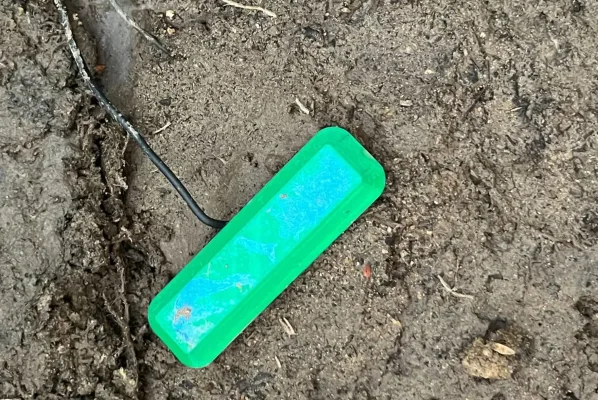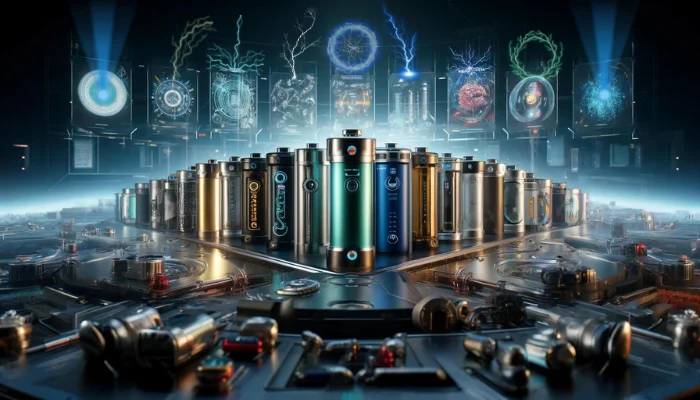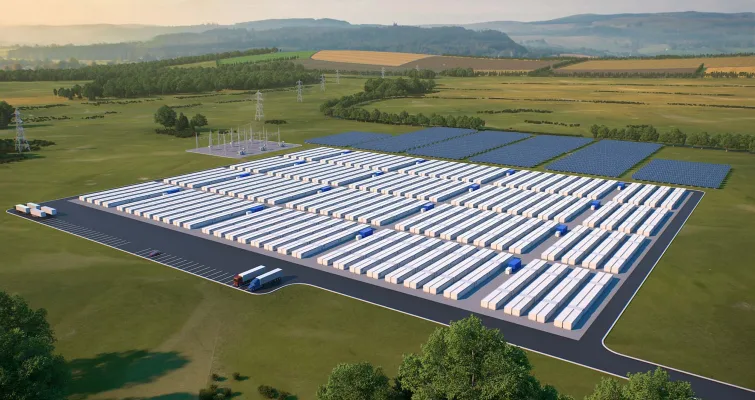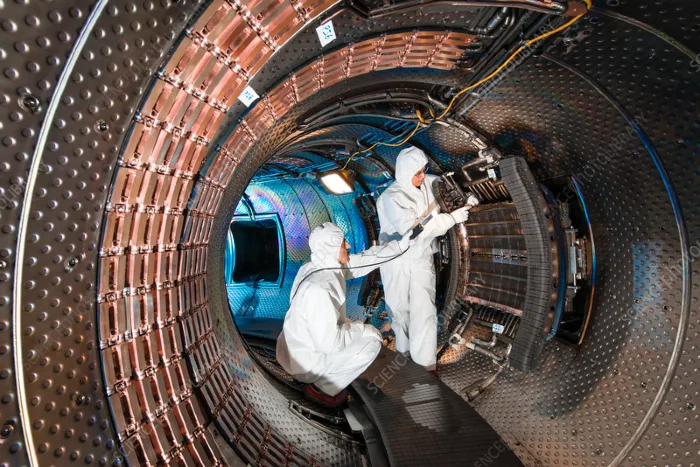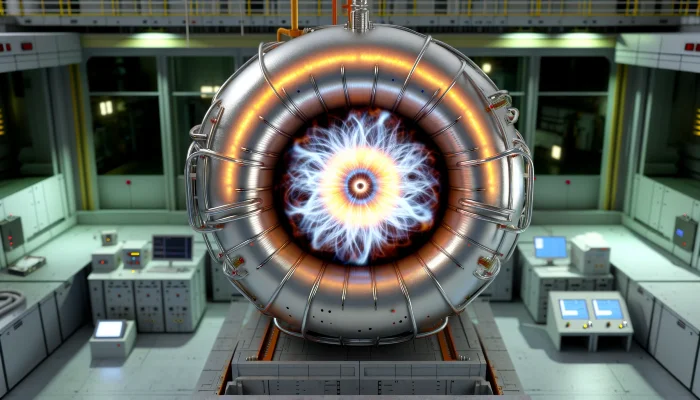In the quest for sustainable energy solutions, scientists at Northwestern University have made a groundbreaking leap. They’ve developed a compact, novel device, no larger than a paperback book, that burrows into the soil and taps into a virtually inexhaustible energy source – the natural breakdown of organic matter by microbes.
Unleashing the Power of Microbes: A Century-Old Concept Reimagined
Microbial fuel cells (MFCs), a concept over a century old, function similarly to batteries, comprising an anode, cathode, and electrolyte. These cells differ significantly, however, in their energy source. They harness power from bacteria that release electrons as they consume soil. The challenge, until now, has been maintaining these cells’ access to essential water and oxygen while submerged in soil.
Bill Yen, a Northwestern University alumnus and project lead, sheds light on this dilemma: “Although MFCs have existed as a concept for more than a century, their unreliable performance and low output power have stymied efforts to make practical use of them, especially in low-moisture conditions.”
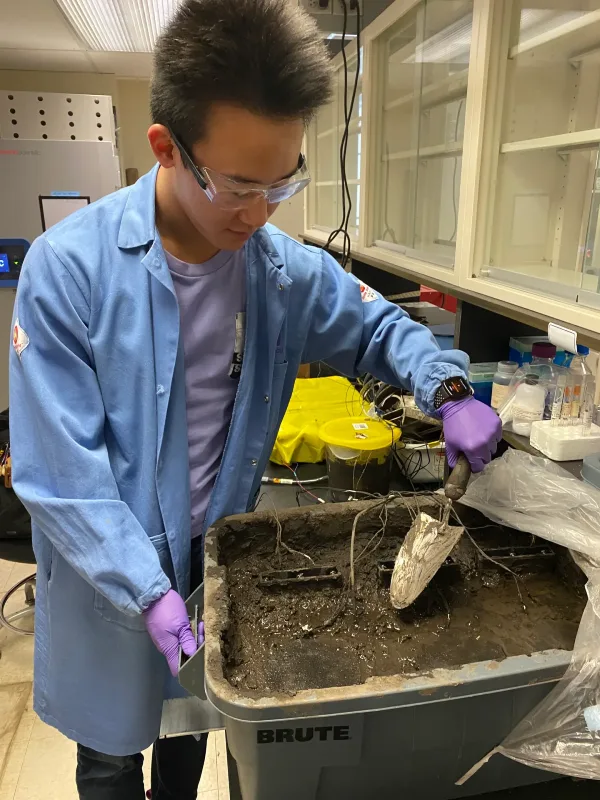
A Novel Design for Optimal Performance
To overcome these hurdles, the team engineered several innovative designs, ultimately succeeding with a cartridge-like structure, vertically mounted on a horizontal disc. This configuration ensures the disc-shaped carbon felt anode remains buried deep in the soil, optimizing electron capture as microbes digest dirt.

Above the anode, the conductive metal cathode stands vertically. Its clever placement allows the lower part to access deep soil moisture while the upper part remains level with the surface. A key feature is an air gap running the length of the electrode, ensuring continuous oxygen access. A protective cap prevents soil and debris from obstructing the cathode’s oxygen supply. Part of the cathode is also treated with waterproofing material, allowing functionality even during floods.
Consistent Power Across Diverse Conditions
In various tests, this design consistently performed well, generating power in conditions ranging from underwater to soils with as little as 41% water content. Remarkably, it produced about 68 times more power than needed for its internal moisture and touch detection systems, along with transmitting data to a base station.
While the power output isn’t sufficient for high-energy applications like cars or smartphones, it’s ideal for small, long-term sensors. As Yen emphasizes, “We need to find alternatives that can provide low amounts of energy to power a decentralized network of devices. As long as there is organic carbon in the soil for the microbes to break down, the fuel cell can potentially last forever.”

The Future of Agriculture: Precision Monitoring with Soil Sensors
These soil-based sensors offer enormous potential for precision agriculture. Farmers can deploy them to monitor soil conditions like moisture, nutrient levels, and contaminants. This network of sensors could provide valuable, long-term data for years, even decades, aiding in more efficient and sustainable farming practices.
More To Discover
- Can Bamboo Replace Cow’s Milk as Your Protein Source? Chinese Study Says Yes
- San Diego Man Makes History as First in U.S. Charged for Smuggling Climate-Harming Gases
- Yellowstone Faces ‘Zombie Deer Disease’ Threat, Scientists Warn of Human Risk
- Study Shows Killing ‘Outsider’ Animals May Hurt, Not Help, Nature
A Blueprint for Widespread Adoption
The most exciting aspect of this innovation is its accessibility.
All components of this microbial fuel cell can be sourced from a standard hardware store, eliminating major supply chain or material hurdles for commercialization.







